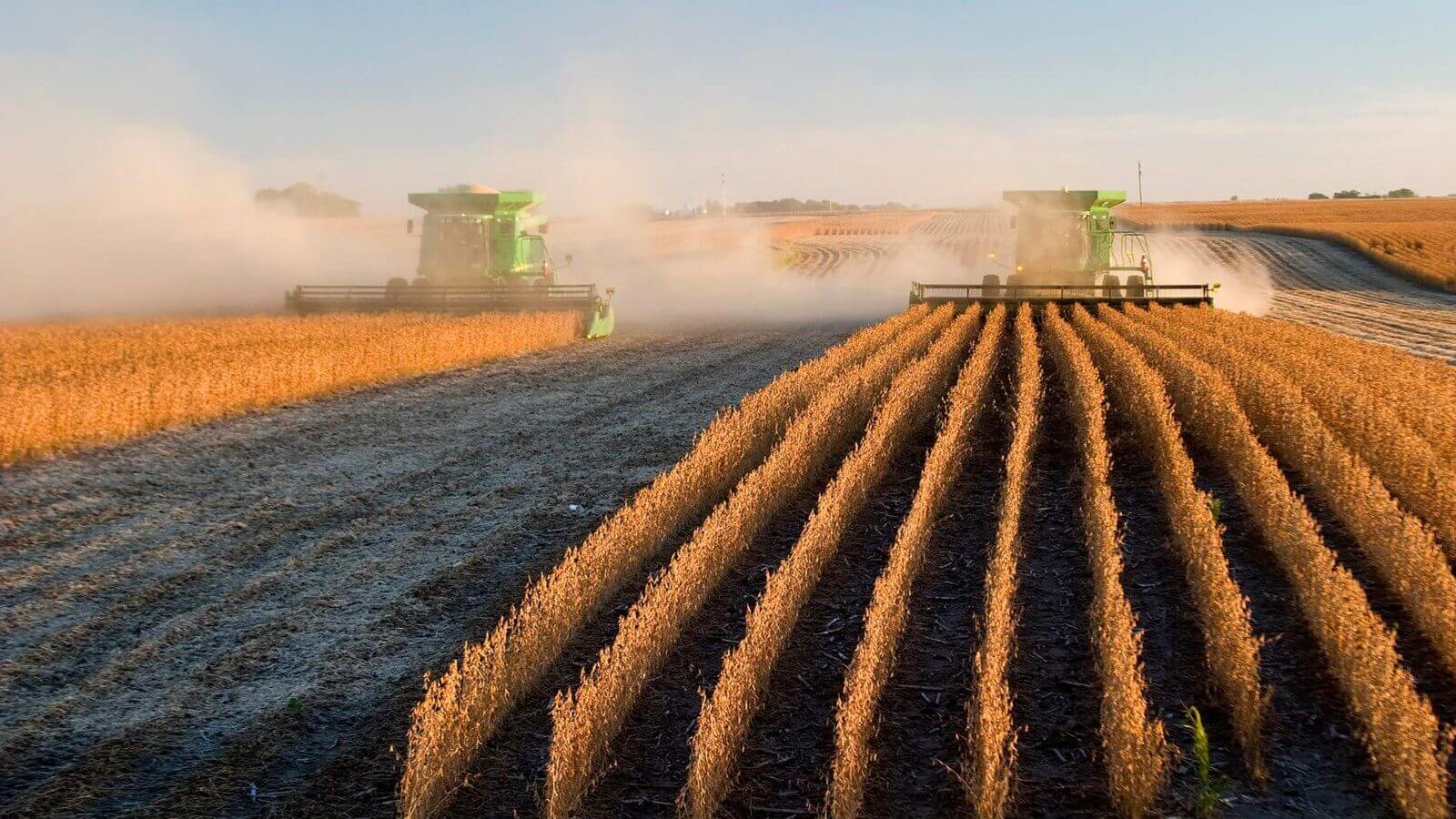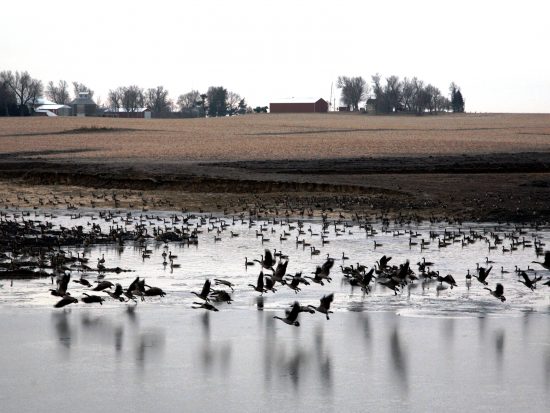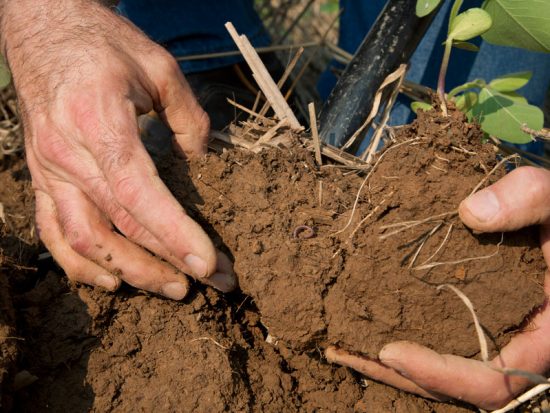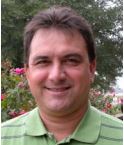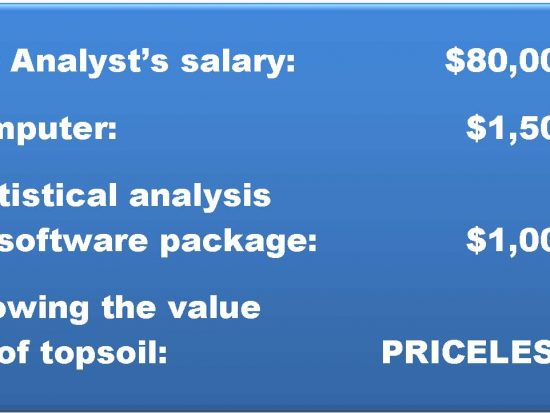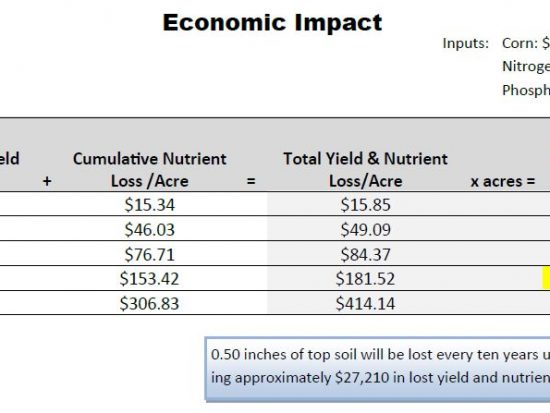The world’s population will likely increase to nine billion people by 2050. That is a whole lot of mouths to feed. The combination of population growth and the world demand for richer diets will require us to approximately double the amount of crops grown over the next four to five decades. To make matters worse, the nine billion people will occupy more living space, require more infrastructure and use more recreation land, all leading to less land to farm. To feed the burgeoning population with fewer acres will require us to develop more …
A quest to improve soil health
A couple of weeks ago, I had the privilege of participating in an expert panel on soil health. The goal of the expert panel was to identify a tool that can be used to project soil health improvements as farmers adopt new agronomic practices.Much is being written and said about soil health these days. It seems like every agricultural magazine and website has at least one article on soil health. There is a constant stream of advice about how agronomic practices like cover crops and no-till can improve soil health. There is also an abundance …
Will Herbicide Resistance Cripple No-till?
This week I am pleased to have as my guest writer, Dr. Gordon Vail with Syngenta. Dr. Vail and I have had a long history of working together, dating back to our early days when we worked with Dr. Vail on herbicide efficacy. Recently I talked to Dr. Vail about herbicide resistance and I found his comments unsettling, especially for the future of weed control as it relates to no-till. Good to the Last Drop? Will Herbicide Resistance Cripple No-till? No-till is considered a key practice for controlling soil erosion, but it is …
When it comes to conservation, bring on the “Big Data”
In my last post I started by saying, “You would think by now that those of us working in the conservation field would have a really good handle on the value of topsoil. Again, you would think… However in 2015 we still struggle with a quantifiable value for topsoil.”Dr. Rick Cruse’s work gives us a terrific start. However, more research is needed to help us understand variations within fields, across regions and between states because a ton of topsoil does not always equal a ton of topsoil. More research is needed to help us understand why, …
No, soil doesn’t just grow on trees
You would think by now that those of us working in the conservation field would have a really good handle on the value of topsoil. Again, you would think. In the abstract, I think we would all say that we “value” topsoil. However, in the 80 years since we’ve identified soil erosion as an issue in the U. S., we have been unable to even begin to quantify the value of topsoil in real numbers; until recently. Thanks to the leadership of Iowa State University Professor, Rick Cruse, we’ve moved one step closer to identifying the value of one ton …
50 million acres pledged in sustainability initiative
"Too many people have lost sight of the fact that productive soil is essential to the production of food.” by: Hugh Hammond BennettOn Monday, December 5th, the Alliance for Sustainable Agriculture announced their goal of advancing the sustainability of U.S. agriculture. To achieve this goal, Field to Market seeks to engage 20% of productive acres of U.S. commodity crop production in its supply chain sustainability program by 2020. This is equivalent to 50 million acres.At the time, two significant things about this announcement jumped out at …
